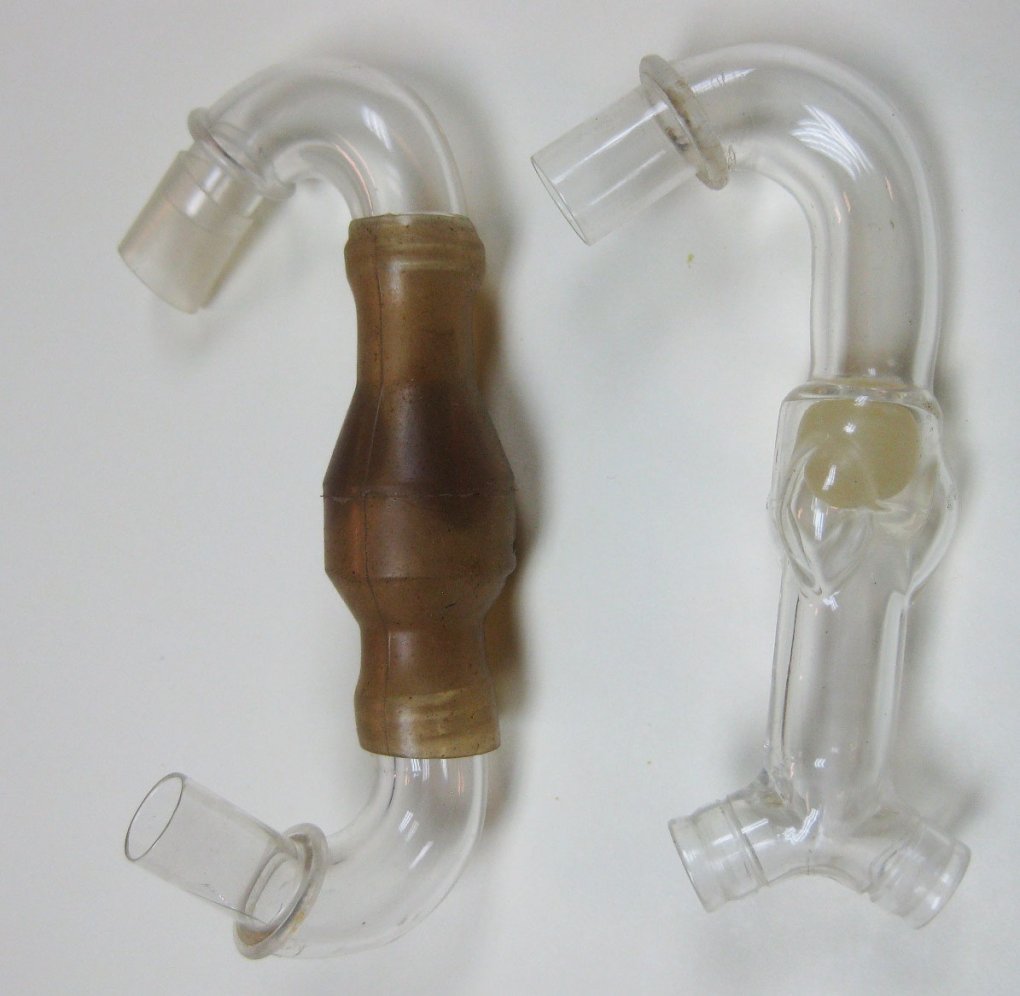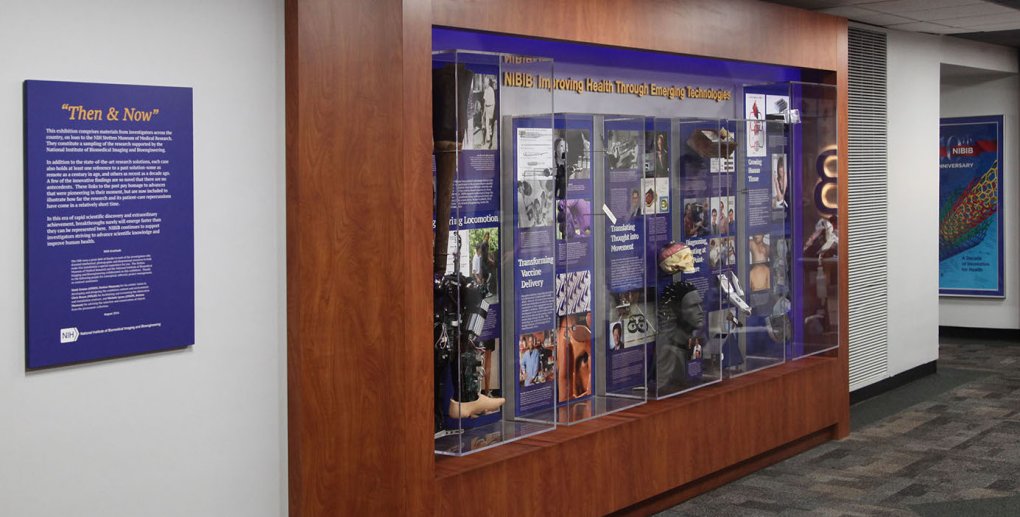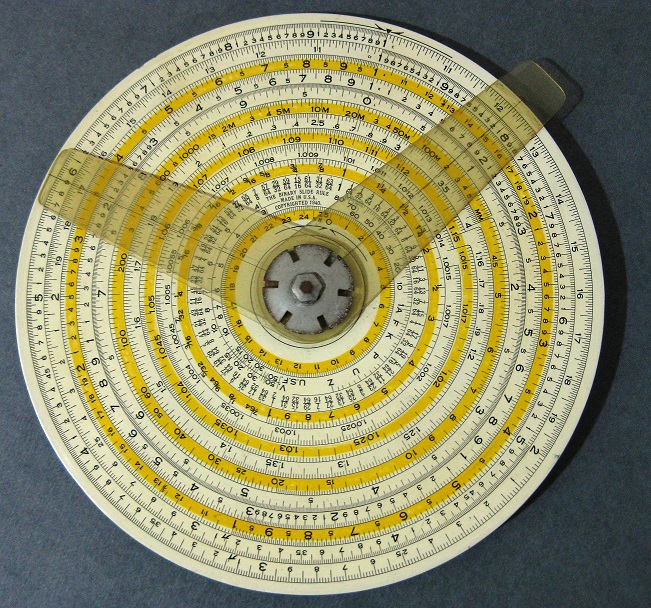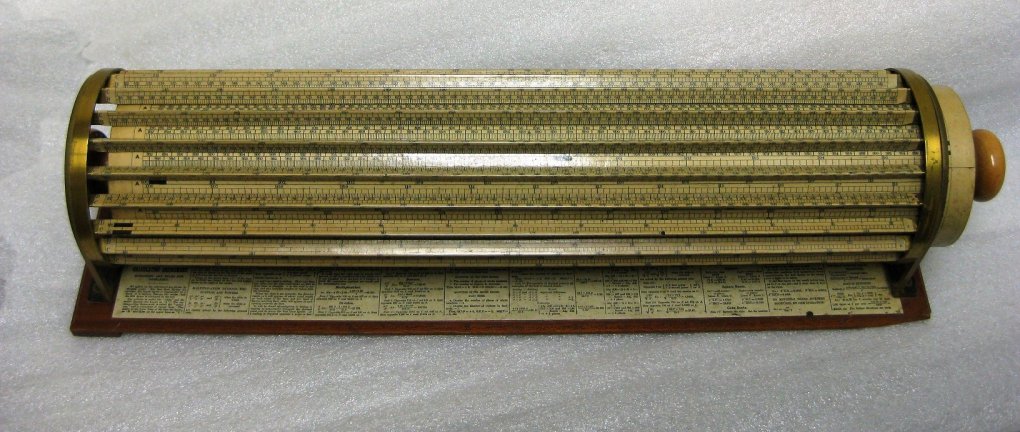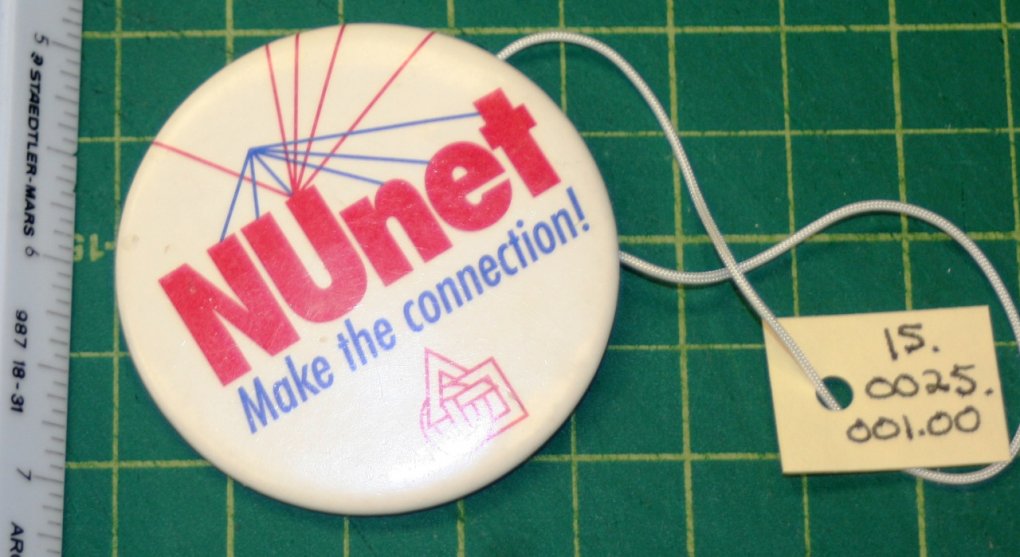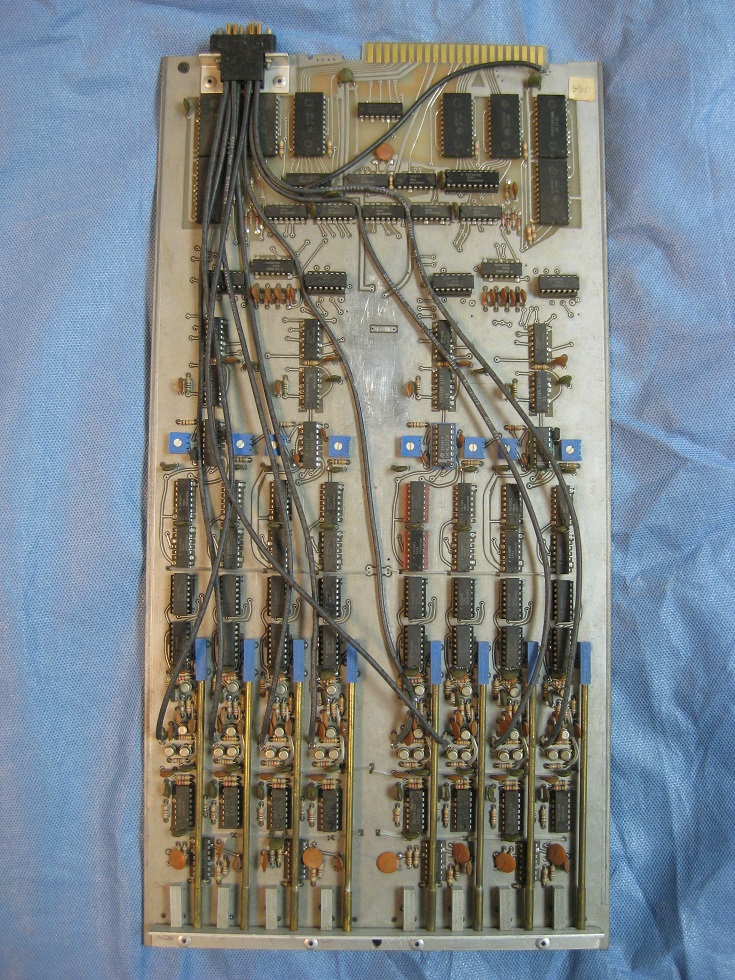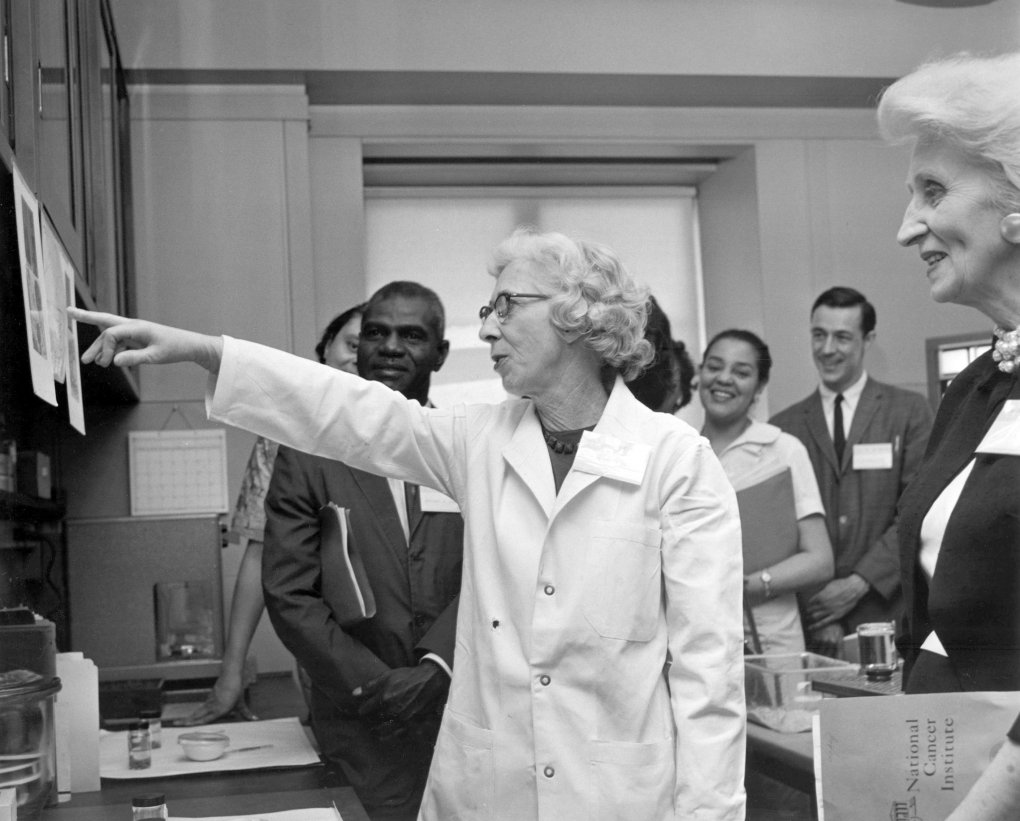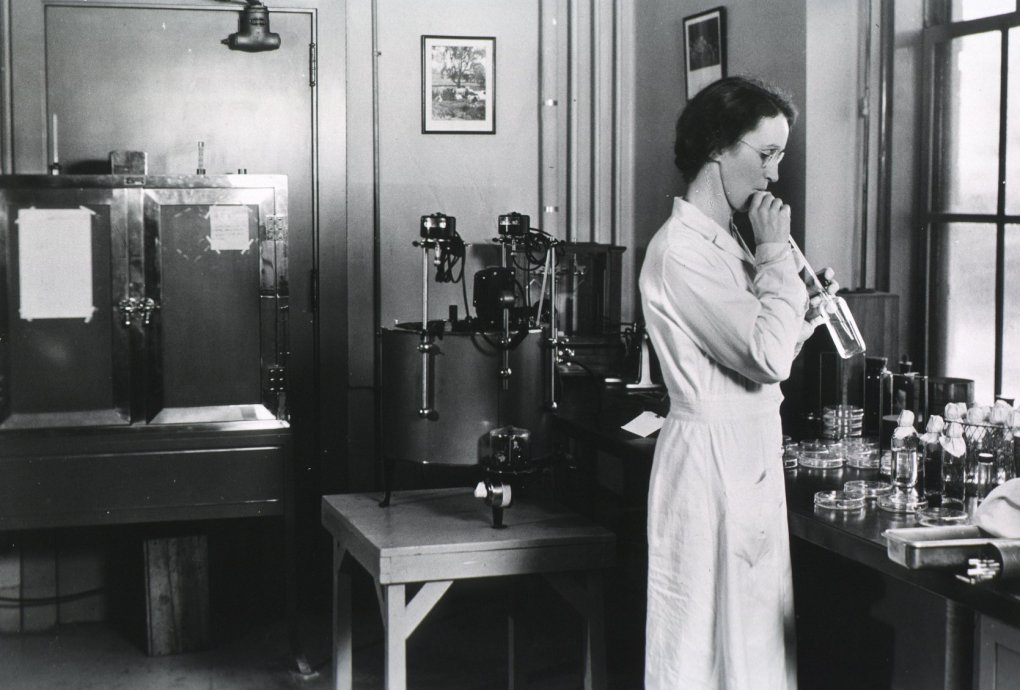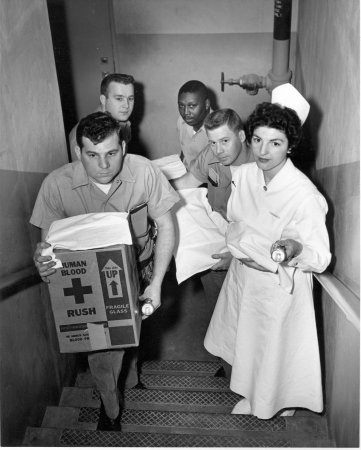NIH Heart Surgery Artifacts – Aortic Valve Bypass Assembly
Sometimes as a museum curator, I come across a box in the collection with a vague marking and full of bits and pieces of … something. One of the coolest things is finding out what that something was and who created it. This photo shows pieces from the NIH lab of Dr. Stanley Sarnoff, dating from 1954-1962.

